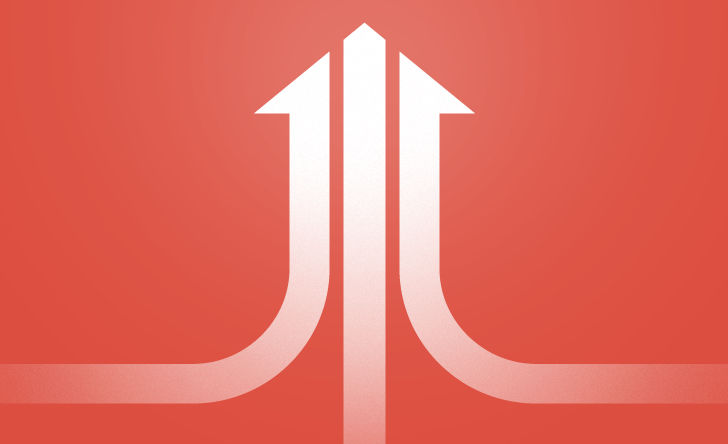Economists unanimously agree that long-term interest rates will stay low for the next two years. This bodes ill for insurance products with long-term guarantees.
Prices are rising all over. Equitable Life raised the price of its level cost universal life insurance product Equation Generation IV & EquiLife Limited Pay on Jan. 4. The average increase will be 10% and 9% respectively.
At Canada Life the rate hike announced on Feb. 13 is spreading. Not only will universal products cost more, but so will level cost critical illness insurance.
For Millennium universal life, the level cost will increase by 8% on average and the limited-pay by 6%. Steepest in the age 20 to 50 bracket, the average increase will be 13% for level cost vs. 11% for limited pay. The guaranteed rate of the 5-year interest option will drop from 2% to 1.5%, and the 10-year rate from 2.5% to 2%.
In critical illness, insured ages 20 to 50 will pay on average 8% more for the T100 version of LifeAdvance. The average increase will be 11.5% for the T75 version payable at age 65, 9% for the T75 version and 13.5% for the permanent version paid up in 15 years.
Empire Life also plans to boost the level cost prices of its universal life and non-participating whole life products Solution 100 by an average of 7.9% and 20 Pay Solution by an average of 14% effective Feb. 21. It also plans to raise Trilogy and Trilogy Plus level COI rates by an average of 8.3%. The company is also withdrawing its Level Plus Return of Premium sum insured option
Manulife Financial has altered its non-participating whole life product Performax Gold. At first glance, the picture looks rosy. The first-year commission climbed from 47.5% to 50%. Manulife also reduced the 100-year insurance cost by up to 10% for most ages at underwriting.
Closer inspection reveals changes to guaranteed values in the contract.
They are now more sensitive to rate swings. However, the value has increased in recent years. The insurer’s goal: to offset the current interest rate weakness. “By adjusting various components of the product design, we have moved some of the value to the later policy years where possible,” the insurer explained in a question and answer brochure.
Until 2014
Insurers are pointing the finger at low interest rates. In its brochure, Manulife says “There is also growing evidence that the historically low interest rate environment we are experiencing will continue for some time to come.”
Several economists agree. They forecast little change until 2014. At an event organized on January 31 by the Canadian Pension & Benefits Institute (CPBI) for 300 pension fund managers, three specialists explained their views.
A year of returns coupled with volatility, 2012 is also, according to Jean-Luc Landry, president of Landry Morin et associés, tamping down interest rates. This situation has nothing to do with the economy, he says. “Rates are low, but they are not acting in a free market. The Fed, the European Central Bank and some European countries have other things on their mind than investors’ returns,” he points out.
Chief economist at Natixis, a subsidiary of the French bank group BPCE, Patrick Artus expects rates to remain low until 2014. “They will not rebound before the United States feels sufficiently reassured to return to unfettered free-market rates,” he explains.
He urges participant to heed his message. “Ben Bernanke (chairman of the U.S. Federal Reserve) is a singular individual: he does what he writes, which is rare,” he joked. Bernanke envisions a third monetary ease if the US economy starts to drag
Stock markets may assuage the suffering inflicted by low interest rates. Jean-Luc Landry thinks the time is right for equity purchases. After a decade of meagre returns, stocks are probably cheaper. He adds that one rarely sees two dismal decades in a row.
Assistant chief investment officer and vice president, North American Markets at Hexavest, Jean-René Adam also foresees a positive but highly volatile year on the stock market. Unlike Mr. Morin, he thinks stocks are already well priced. “They are not at a discount,” he says.
Much of the stock volatility will be fuelled by the United States, a market that may disappoint, Mr. Adam cautions. “Consumer spending powered strong growth in the United States from first quarter to third quarter of 2011. The 6% rise in Americans’ savings rate will eat into this spending. On top of that, in 2011 several companies got a jump-start on their expenses for the following year,” he says.









